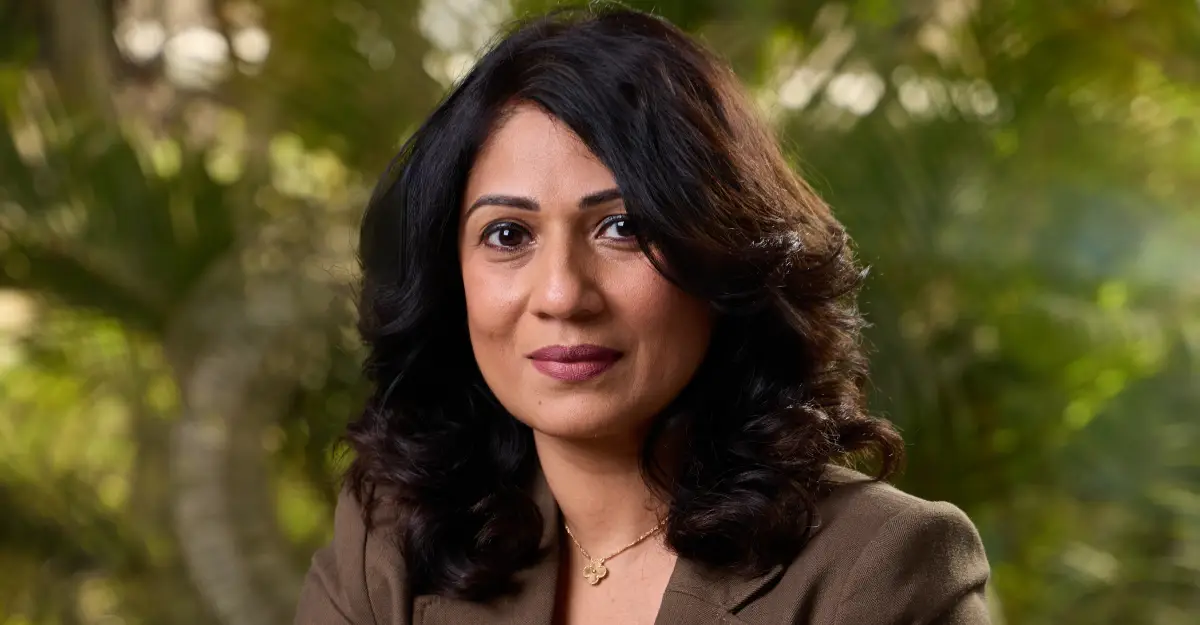
Why Financial Identity is the Missing Piece in Money Education
Financial knowledge has never been more available—and financial stress has never been more widespread.
Government portals promise free guidance. Budgeting apps track every dirham. TikTok influencers and YouTube tutorials churn out tips for every money problem under the sun. If knowledge were enough, we’d all be thriving by now.
Instead, people are still stymied, stressed, and saddled with debt, regret, and self-doubt. The issue isn’t the shortage of advice—it’s how we process it. Many assume they already know enough, a classic case of the Dunning–Kruger effect. Others delay
decisions, convinced they will “figure it out later,” which is present bias at work. And most get lost in the endless stream of tips without ever applying them—an example of information overload bias.
That’s the real problem. Knowledge is everywhere. What’s missing is financial identity—the story you tell yourself about money.
What Is Financial Identity?
Financial identity is how you see yourself in relation to money. It’s a powerful mix of beliefs, emotions, values, and self-perception—and it quietly drives every financial choice.
It isn’t about income or spreadsheets, but the inner script that guides behavior: “I’m careful with money” or “I’m just bad at this.”
That script is shaped early by family messages, cultural norms, peer pressure, and the constant noise of advertising. Over time, it hardens into beliefs. And those beliefs become habits.
This is why knowledge alone isn’t enough. Someone can understand credit card fees or interest rates and still overspend if their financial identity is built on guilt, avoidance, or impulse.
But when identity shifts, behavior follows. A strong financial identity brings clarity, resilience, and confidence. A weak one leaves people drifting, vulnerable to peer pressure, and undermining their own goals.
In short: skills and knowledge matter—but without financial identity, they don’t stick.
Why Financial Identity Matters More Than Literacy Tests
Globally, financial literacy is often measured by the “Big Three” questions—used by the OECD’s International Network on Financial Education (INFE) and the World Bank in their global surveys and assessments. They test whether people understand
interest—how money grows, inflation—how money loses value, and diversification—how to reduce risk.
Answer all three correctly, and you’re considered “financially literate.” But here’s the flaw: someone could ace those questions and still max out credit cards, chase get-rich-quick schemes, or make impulsive decisions that haunt them for years.
Knowledge isn’t the same as judgment. Literacy tests measure what people know. Financial identity shapes what they actually do—and it anchors choices when life gets messy, emotional, or pressured.
Why This Matters in the UAE
The UAE offers unique opportunities—and unique risks. Young people here are surrounded by global consumer culture, rising living costs, and constant financial messaging. Even with awareness of what they should do, the pressures of modern life
can still push them toward overspending, lifestyle creep, or avoiding money conversations altogether.
That is why shaping financial identity with care and intention matters so deeply. A strong financial identity helps young people stand firm against peer pressure and advertising, while a weak one leaves them more vulnerable to drifting.
And here the UAE has a chance to lead. By embedding financial identity into education and community life, the country can not only safeguard its youth but also set a global benchmark for how the next generation approaches money—with clarity, resilience, and confidence.
How Do We Build It?
Financial identity isn’t created by lectures or formulas. It’s shaped through repeated practice and reflection: connecting money choices with values and emotions; making micro-decisions through small, repeated actions like reflecting after a purchase; learning the language to name traps such as “sunk cost fallacy” or “lifestyle creep” so they can be spotted and avoided; and creating open dialogue where money conversations happen without shame and mistakes are treated as learning, not failure.
This is where financial education must evolve. Facts fade. Worksheets get forgotten. But identity, once formed, is resilient.
A Call to Rethink
If we want the next generation in the UAE to thrive financially, we must move beyond treating financial literacy as a knowledge exercise. Skills and facts have their place, but on their own they fade.
The deeper task is helping young people build a financial identity. When identity is strong, it anchors judgment and behavior—and that’s what makes financial education effective, durable, and transformative.
Recent Posts
 Financial Knowledge Isn’t the Problem. Identity Is.October 20, 2025
Financial Knowledge Isn’t the Problem. Identity Is.October 20, 2025 Why Financial Identity is the Missing Piece in Money EducationOctober 16, 2025
Why Financial Identity is the Missing Piece in Money EducationOctober 16, 2025 The Neurological Advantage: Why Teenage Years Are Prime for Financial EducationApril 28, 2024
The Neurological Advantage: Why Teenage Years Are Prime for Financial EducationApril 28, 2024 From Denial to Disaster: The Consequences of Willful IgnoranceApril 27, 2024
From Denial to Disaster: The Consequences of Willful IgnoranceApril 27, 2024 Rethinking School Time: Unlocking Financial Empowerment for YoungstersApril 26, 2024
Rethinking School Time: Unlocking Financial Empowerment for YoungstersApril 26, 2024 The ‘ADEPT’ Framework for Financial Success in 2024January 22, 2024
The ‘ADEPT’ Framework for Financial Success in 2024January 22, 2024 The Overlooked Metrics: A Closer Look at Gen Z’s Mental Health CrisisJanuary 3, 2024
The Overlooked Metrics: A Closer Look at Gen Z’s Mental Health CrisisJanuary 3, 2024 The Pursuit of Social Justice through Financial EmpowermentDecember 15, 2023
The Pursuit of Social Justice through Financial EmpowermentDecember 15, 2023
